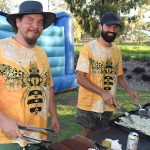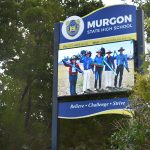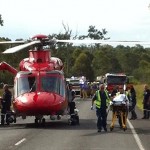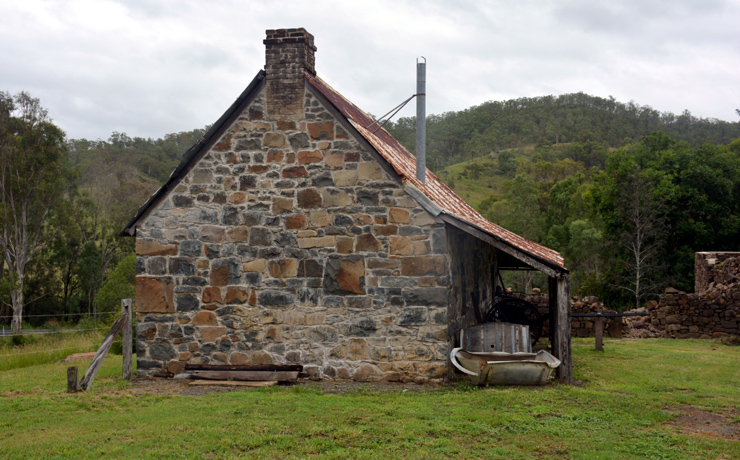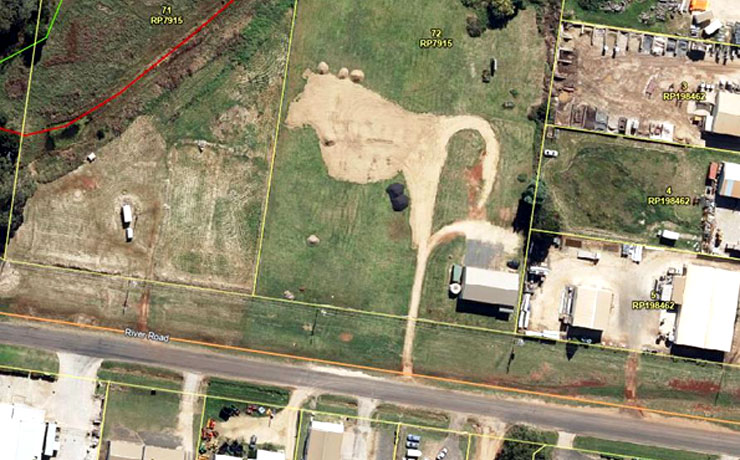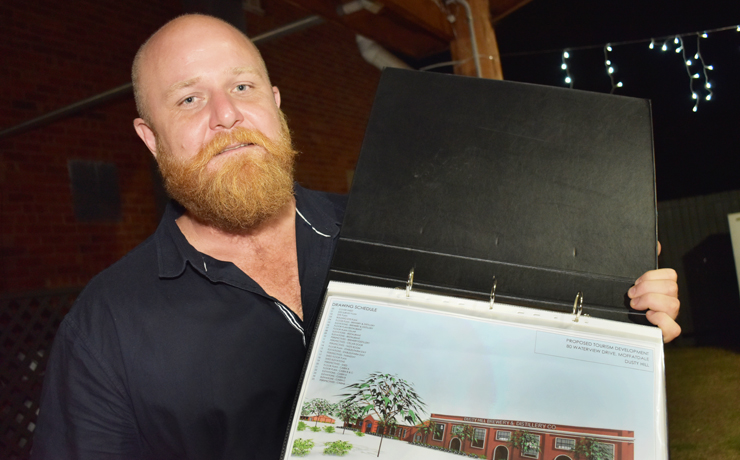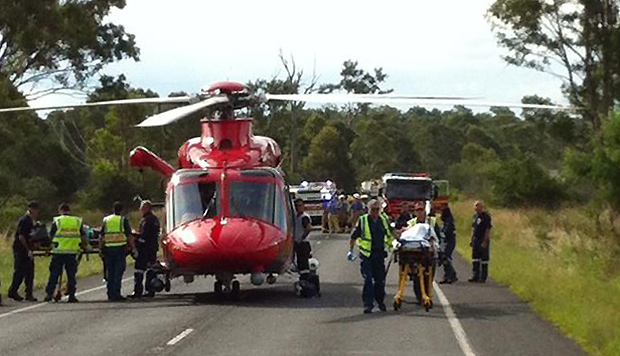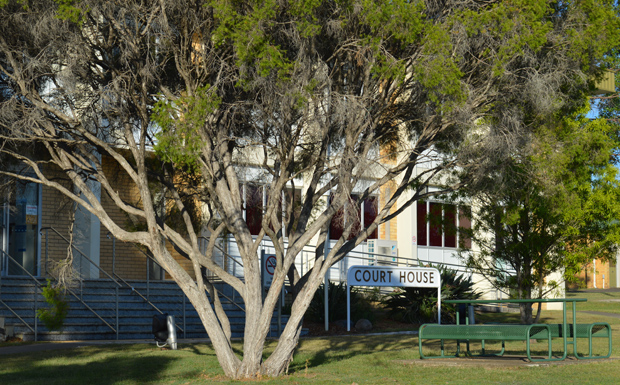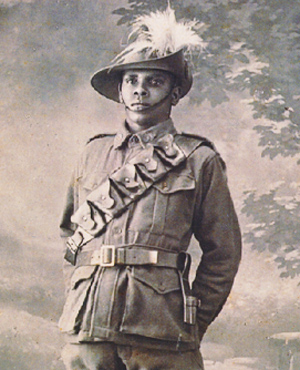
April 15, 2015
The Ration Shed Museum at Cherbourg is counting down the days to the launch of the “Boys from Barambah” Anzac 100 project.
On April 21, Queensland Minister For Aboriginal partnerships Curtis Pitt will officially launch the exhibition, a book and a website which proudly highlights the involvement of men from Cherbourg and surrounding areas in World War I.
In those days Cherbourg was known as “Barambah”, and 47 Aboriginal men from the area signed-up to fight for the British Empire in far-away fields and deserts. They enlisted despite the many difficulties and barriers they faced, including racist enlistment laws and procedures.
The exhibition tells their stories of bravery, sacrifice, hardship and commitment, stories which are similar to the many thousands of Australian men who went to make up the Anzac legend.
However, the story of the Boys from Barambah – just like numerous stories of indigenous soldiers around the country – also tells of a dark underside of institutional racism and bitterness.
“With The Boys from Barambah we’ve tried to capture the stories of our young Aboriginal men leaving their homes for the first time, going abroad to foreign lands to fight a war for the British Empire and the Australian nation – some of whom made the ultimate sacrifice – and then returning to their difficult lives under the Aboriginal Protection Act,” Ration Shed Anzac 100 committee chairman – and Vietnam veteran – Eric Law said.
Also at the launch will be many ex-soldiers and Cherbourg community members who will be coming together to remember those who served and to pass on the Anzac spirit to the younger generations of indigenous and non-indigenous children.
* * *
by Marcus Priaulx
Benjamin Combo put his hand up to fight the enemy during World War I but the Australian army refused his offer because he “didn’t have enough significant European heritage”.
So Benjamin took off for Bendigo, Victoria.
Nobody knows if went by foot, horse or train but he got there.
“Why he picked Bendigo I don’t know, as he would’ve passed hundreds of recruitment centres,” Eric Law said.
But Benjamin successfully enlisted at the gold mining town, 150km north of Melbourne, and then was put on a ship with his Battalion.
On the way to fight the enemy overseas, he died of pneumonia before he could fire a shot.
Benjamin was buried at sea.
* * *
Benjamin’s story is just one of the many that will be remembered amongst a host of activities at the Ration Shed Museum between April 21–25.
Until recent research, less than 20 men from Cherbourg were recognised as having contributed to the World War I effort.
Now it’s known the number is at least 47, and the added names will be placed on a new Honour Board which will be unveiled at the Cherbourg War Memorial on Anzac Day.
The open area behind the memorial – in front of The Ration Shed Museum – will also be renamed the “Boys from Barambah Memorial Anzac Park”.
Eric’s father Vincent and three uncles, Douglas, Gale and Arthur, all volunteered during World War I.
He said all Australia should be proud of the discovered contributions by Cherbourg soldiers.
“It would have been very easy for these fellows, considering the way they were treated, to say ‘you go, it’s not our fight’,” Eric said.
“But they wanted to contribute. They wanted to fight for their country. They had a belief their traditional lands were under attack and some died defending them.
“It’s a story we should all be proud of and I hope our young people, black and white, get some real inspiration from these stories.”
- Related article: Cherbourg’s Anzacs On Display









